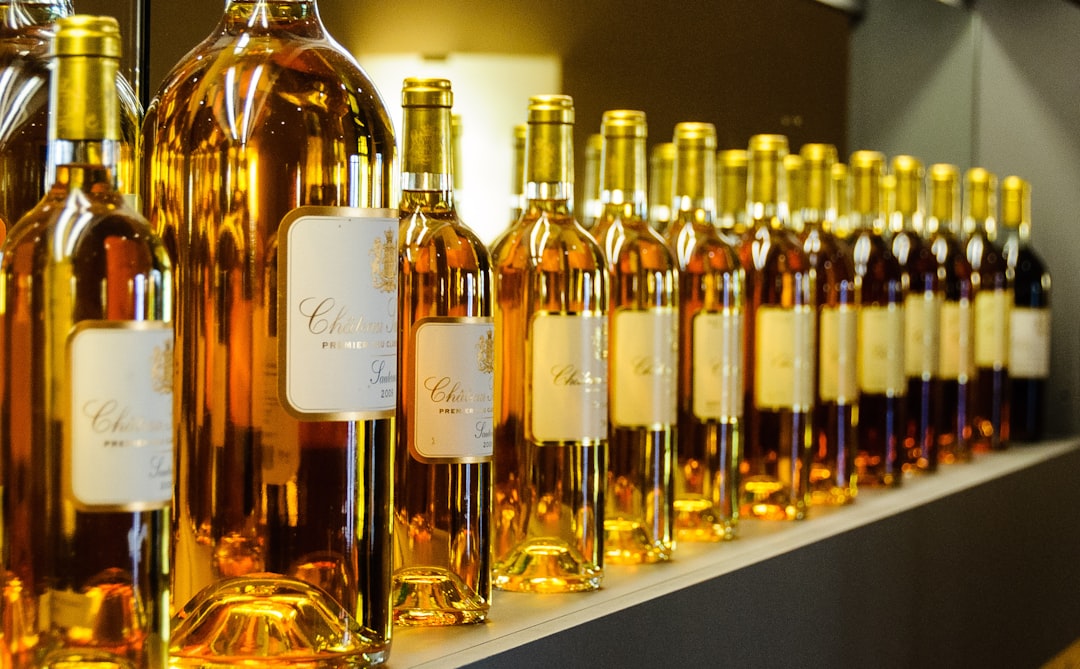
Old World vs New World Red Wines
Share
The world of wine is vast and varied, with each bottle telling a story of its origin, the soil it was grown in, and the traditions that shaped its creation. Among the most compelling narratives in this world are those that compare Old World and New World red wines. These terms not only denote geographical differences but also encapsulate a range of styles, techniques, and philosophies that influence the final product. In this exploration, we dive deep into the nuanced distinctions between Old World and New World red wines, examining their varieties, flavors, and what sets each apart in the global tapestry of viticulture.
Understanding the Divide: Old World vs New World
The distinction between Old World and New World wines is foundational to understanding global wine culture. The Old World, encompassing countries with long histories of winemaking such as France, Italy, Spain, and Germany, is where viticulture and winemaking practices have been developed over centuries. These regions are often bound by strict regulations that dictate everything from grape varieties to winemaking techniques, aiming to preserve traditional styles and regional characteristics.
In contrast, New World wines come from countries that embraced winemaking more recently, including the United States, Australia, South Africa, and Argentina. These regions often employ modern techniques and are less constrained by tradition, allowing for innovation and experimentation in both the vineyard and the winery. This freedom results in a diverse range of styles and flavors, reflective of the individual winemaker's vision as much as the terroir.
Varietal Focus: A Tale of Two Worlds
Old World Classics
Old World red wines are renowned for their focus on traditional grape varieties, each closely tied to its region of origin. For example, Pinot Noir from Burgundy, France, or Sangiovese from Tuscany, Italy, are not just expressions of the grape but of the specific place and culture. These wines are often designed to express the terroir, with the grape variety playing a role within a broader context of soil, climate, and traditional winemaking practices.
New World Innovations
In the New World, winemakers are less bound by regional grape preferences and often plant a wide variety of grapes in their vineyards. This leads to innovative blends and varietal wines that may not be traditional in their respective regions. For instance, Malbec has become synonymous with Argentina, even though its origins lie in France. Similarly, regions like California's Napa Valley have gained acclaim for their bold Cabernet Sauvignon wines, showcasing how New World producers can excel with both traditional and non-traditional varieties.
Tasting the Difference: Flavor Profiles
The Subtlety of the Old World
Old World red wines are often characterized by their subtlety and complexity. These wines tend to have higher acidity and more restrained fruit flavors, with a greater emphasis on earthy, mineral, and floral notes. The cooler climates of many Old World regions contribute to this profile, as does the traditional winemaking philosophy that seeks to highlight the wine's connection to its terroir. This can result in wines that are more about balance and elegance than power.
The Boldness of the New World
New World red wines, on the other hand, are frequently described as bold and fruit-forward. The warmer climates of many New World regions lead to riper grapes, which can produce wines with higher alcohol content and more pronounced fruit flavors. Modern winemaking techniques, including the use of new oak barrels for aging, can also contribute to the rich, intense profiles of these wines. This style has won many fans worldwide for its approachability and immediate pleasure.
Winemaking Techniques: Tradition vs Innovation
Old World Traditions
The winemaking process in Old World regions is often steeped in tradition, with techniques passed down through generations. These may include natural fermentation with indigenous yeasts, aging in old oak or in caves, and minimal intervention in the winery. The goal is typically to let the character of the grape and the terroir shine through in the final wine, with the winemaking serving as a gentle guide rather than a dominant force.
New World Experimentation
New World winemakers, while they may respect and draw inspiration from Old World techniques, are known for their willingness to experiment. This can include the use of modern technology to control fermentation temperatures, the exploration of alternative aging vessels like stainless steel or concrete, and the blending of traditional and non-traditional grape varieties. The result is a dynamic winemaking scene where innovation drives progress and the possibilities seem endless.
The Impact of Climate and Terroir
Old World Nuance
The climates of Old World wine regions are often characterized by their variability, with significant differences in temperature, rainfall, and sunshine from year to year. This can lead to vintage variation, where wines from different years exhibit markedly different characteristics. The terroir, including soil types, topography, and climate, plays a crucial role in shaping the wine, with Old World winemakers striving to express these unique elements in their wines.
New World Consistency
Many New World wine regions benefit from more consistent climates, which can lead to more uniform vintages. The diverse landscapes of these regions, from coastal areas to high-altitude valleys, offer a wide range of microclimates suitable for various grape varieties. This, combined with advanced viticultural techniques, allows New World winemakers to achieve a high level of consistency and precision in their wines, making them reliable choices for consumers.
Regulations and Labeling
Old World Complexity
The labeling of Old World wines can often seem complex and daunting to newcomers. This is because labels typically prioritize the region of origin over the grape variety, reflecting the importance of terroir in Old World winemaking philosophy. Additionally, many Old World wine regions are governed by stringent appellation laws that regulate aspects of wine production, ensuring that wines bearing the name of a region meet specific quality and style standards.
New World Clarity
New World wine labels tend to be more straightforward, usually prominently featuring the grape variety or varieties used to make the wine. This approach reflects the New World emphasis on the type of grape and the winemaker's style as key selling points. While some New World regions have developed their own appellation systems, these are generally less restrictive than their Old World counterparts, offering more flexibility in winemaking.
The Global Exchange: Blurring the Lines
As the world becomes more interconnected, the lines between Old World and New World wines are increasingly blurred. Winemakers from both traditions travel, study, and collaborate with their counterparts across the globe, leading to a cross-pollination of ideas, techniques, and styles. This has given rise to wines that defy easy categorization, combining the best of both worlds to create unique and exciting expressions that challenge traditional boundaries.
In conclusion, the distinction between Old World and New World red wines offers a fascinating lens through which to explore the diverse world of viticulture and winemaking. Whether you're drawn to the elegance and tradition of the Old World or the boldness and innovation of the New World, there's no denying the rich tapestry of flavors, styles, and stories that red wines from both traditions bring to the table. As we continue to explore and appreciate these differences, we also celebrate the shared passion for winemaking that unites producers and enthusiasts around the globe.



